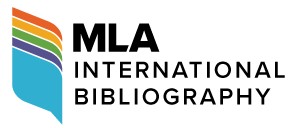Abstract
In the Ming and Qing dynasties, literary theories tended to consider poetry and prose as following one principle of composition. The Tongcheng School in the Qing Dynasty emphasized on differentiating genres and opposed the blending of elements of other genres into the ancient-style prose, but this school excelled at both poetry and prose writing, and their proposition of “both poetry and prose following one principle” became a consensus. While the Gong’an School and Yuan Mei’s xingling (spirituality) poetics exploited the Confucian poetics to promote the writing of private life and personal sentiments, the Tongcheng School advocated the virtues of the ancient-style prose to reform poetry and promote individual morality. Aiming at bracing the feebleness of spirit in poetry accumulated since the vernacular language and shenyun (spiritual resonance) poetics in the Song Dynasty, the Tongcheng School borrowed the tradition that “literature is mainly built on qi (air, spirit)” and adopted various classical writing techniques to build up qi and invigorate the writing. The Tongcheng School introduced the spiritual resonance of poetry into the ancient-style prose so that the prose was also invigorated with the spirit and the gap between poetry and prose was bridged with a new concept of “both poetry and prose following one principle.” In the Qing dynasty, not only were poetry and prose integrated, but literature, painting and other art forms also gradually converged in subtle ways.
First Page
107
Last Page
119
Recommended Citation
Pan, Wuzheng. 2021. "On the Tongcheng School’s Preposition of “Both Poetry and Prose Following One Principle”." Theoretical Studies in Literature and Art 41, (5): pp.107-119. https://tsla.researchcommons.org/journal/vol41/iss5/13


